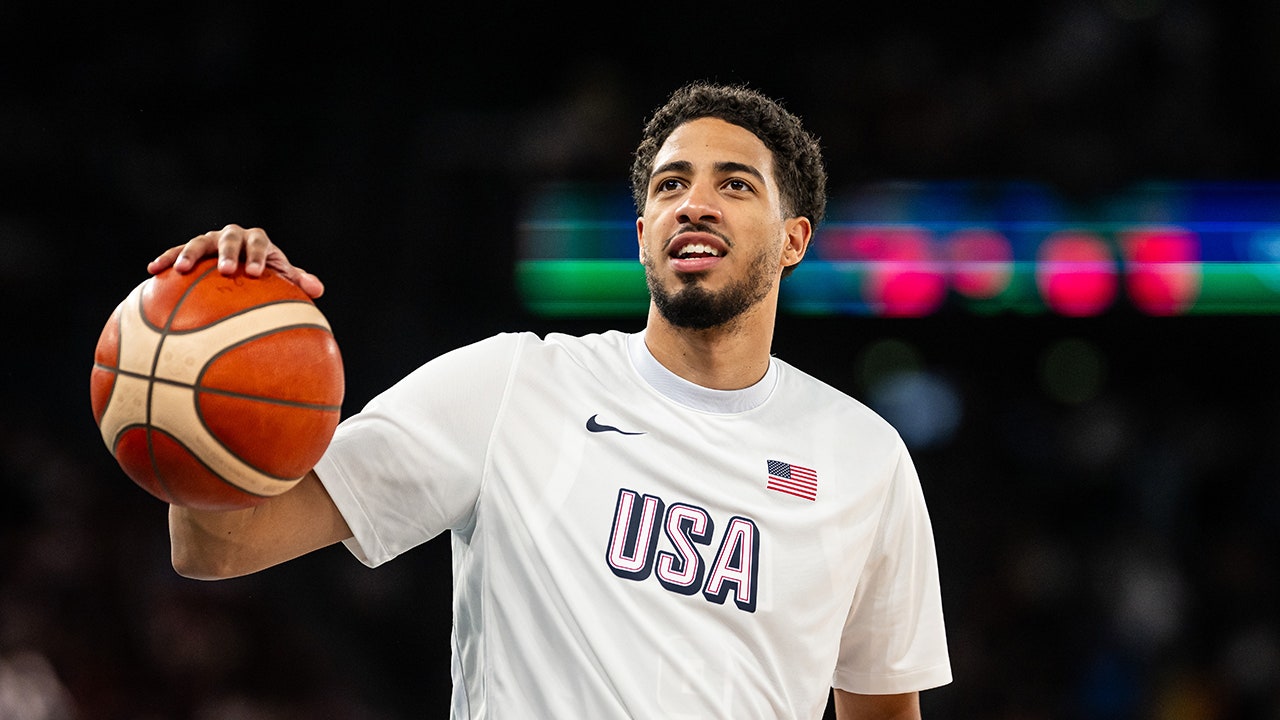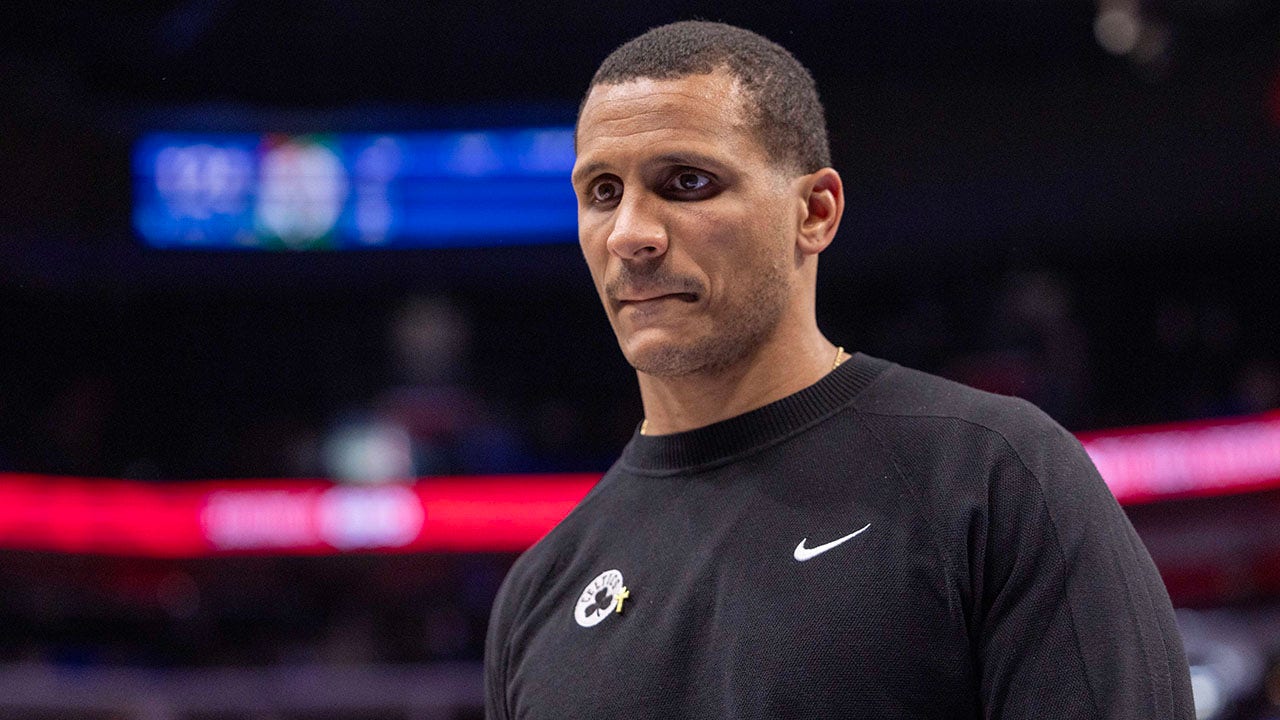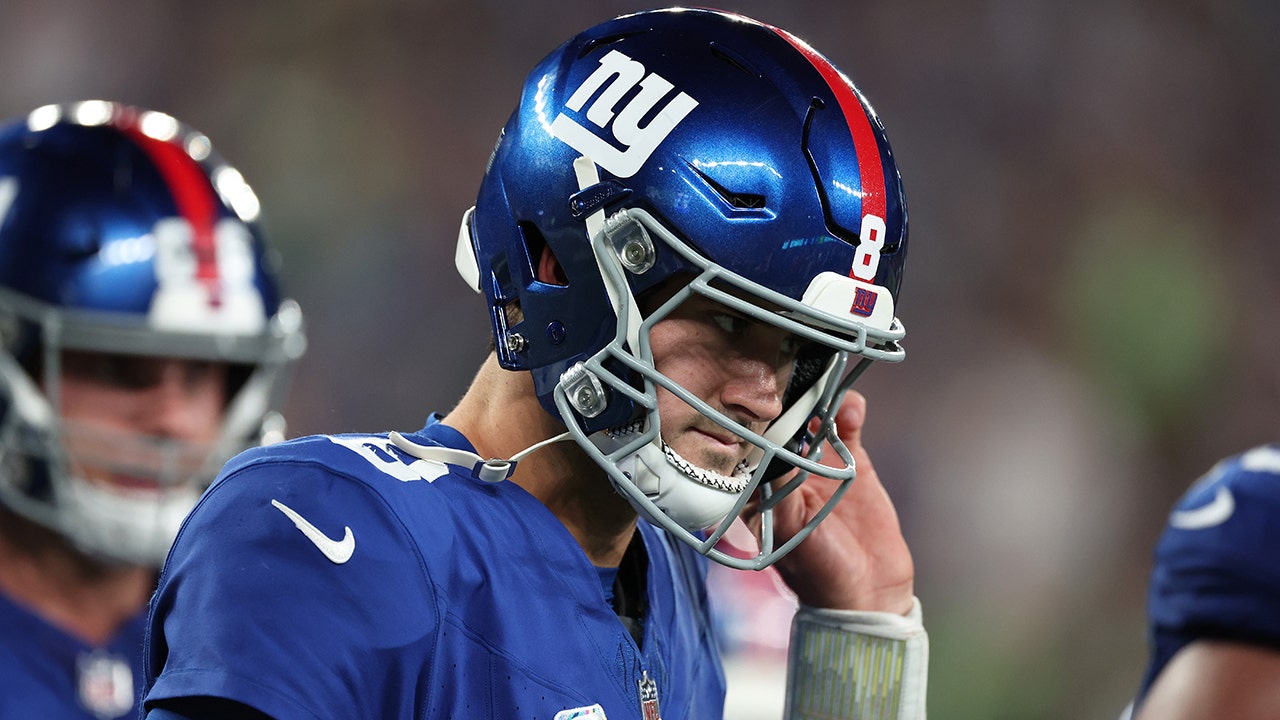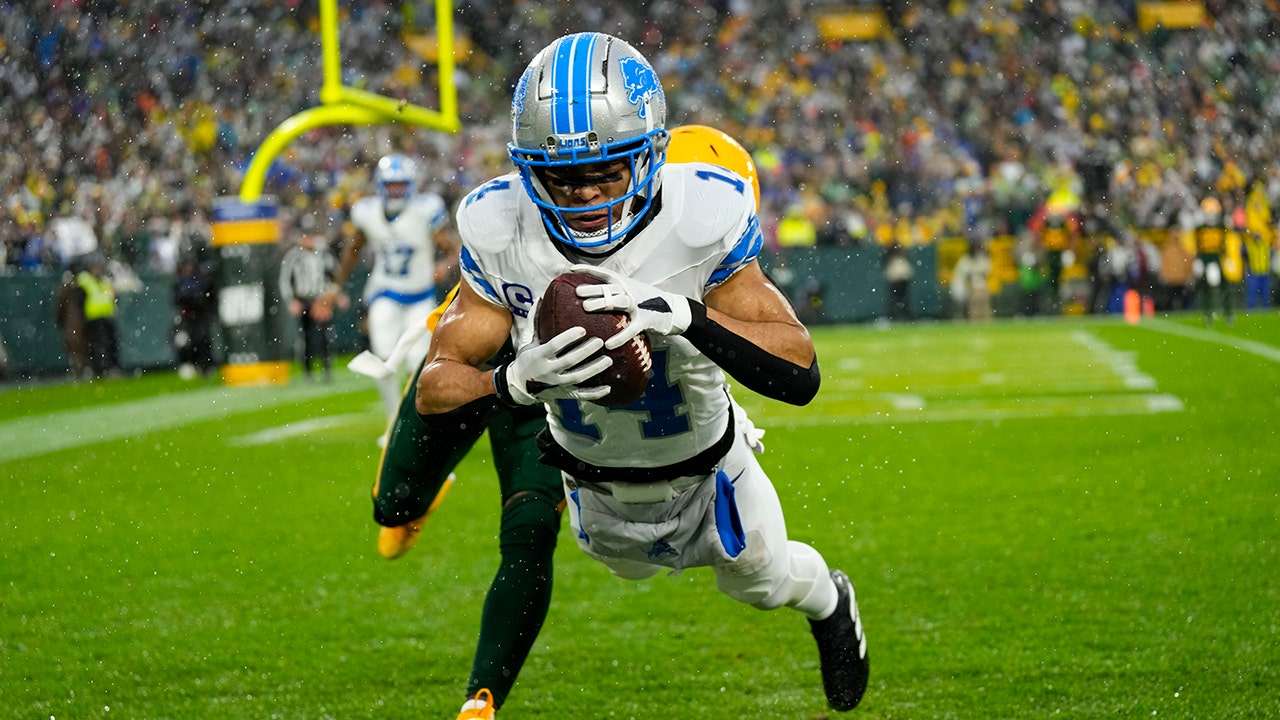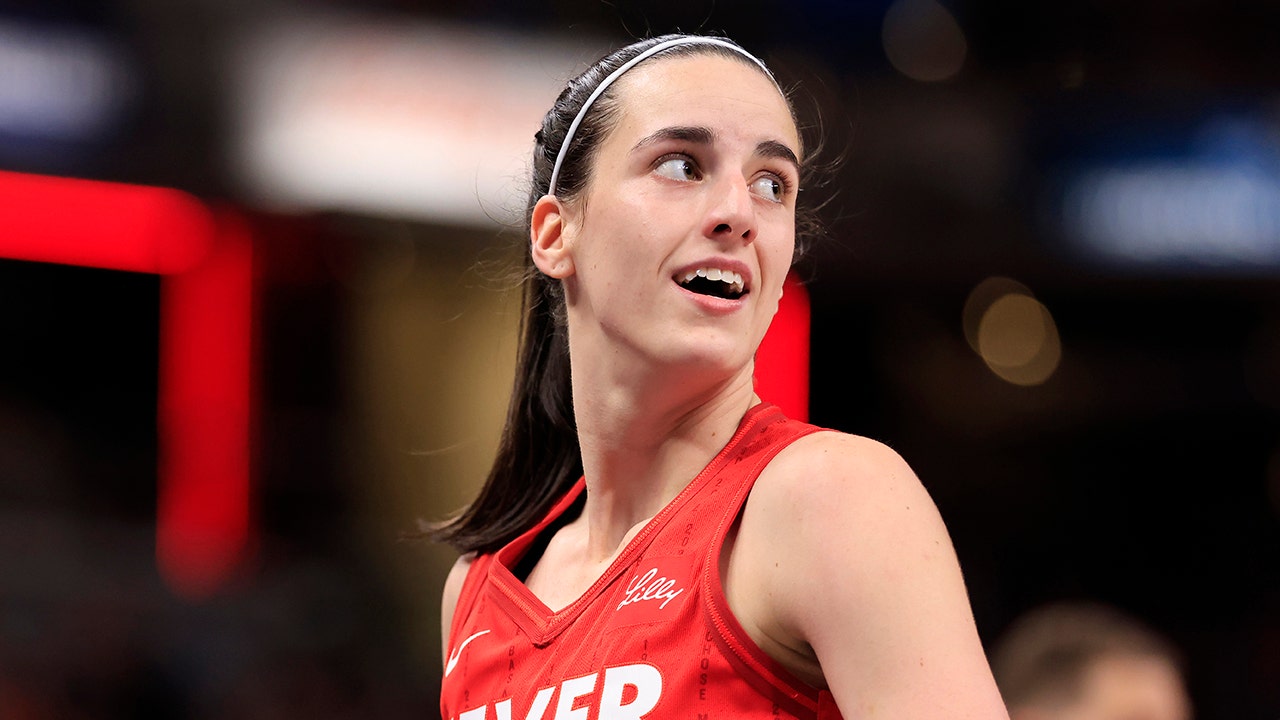Follow our Olympics coverage from the Paris Games.
The Olympic Games have come a long way since the age of hand-held stopwatches.
It’s fitting then that during a moment when the mass population has finally come to understand the power (and danger) of artificial intelligence through widgets like ChatGPT that the Olympic Games in Paris will rely on AI to help determine not just who wins and loses but the why and how of those triumphs and losses.
Ahead of the Olympics, The Athletic spoke with Alain Zobrist, the chief executive of Omega Timing. Omega is the official timekeeper of the Games, a role it has played numerous times since 1932, and is largely responsible for every digit of data that gets produced during the Olympics.
Zobrist outlined a series of innovations that will allow viewers on NBC and other telecasts to experience the ebbs and flows of the competition as never before, whether it’s in the pool or on the sand under the Eiffel Tower for the beach volleyball competition.
‘A whole biomechanical analysis’
The most striking innovations, at least at the start of the Games when swimming is at the center of attention, might be in the Olympic Aquatic Center.
Omega has set up four cameras that capture everything happening in the water. The cameras and the computerized brains that operate them, referred to as “Computervision,” have been taught to recognize and analyze certain movements. In real-time, the high-tech cameras can calculate each athlete’s stroke rate and the distance they are covering. It can compare that to how much distance they have covered, how much is left, and to the seven other athletes in the race and figure out the small differences in acceleration and deceleration at key moments in the race that can be the difference between a gold medal and fourth place.
“What we get is a whole biomechanical analysis,” Zobrist said.
Safer diving
One of the most famous images in Olympic diving captured Greg Louganis, the American champion, hitting his head on the board during the 1988 Games in Seoul. Louganis emerged basically OK, even though he whacked his head after completing two-and-a-half somersaults.
He got four stitches and went on to win a second gold medal in the springboard. He also captured the platform gold for a second consecutive time.
Still, the injuries could have been far more serious, and the sport has tried to prioritize keeping heads far away from boards. Judges can deduct two points for a head that passes the board at an unsafe distance. In the past, it’s sometimes been something of a judgment call. Not in Paris, where the computerized camera will measure the distance between the head and the board and let the judges know if they should deduct points.

Divers can be penalized if their heads pass too close to the board. In Paris, new technology will take the decision out of the judges’ hands. (Clive Rose / Getty Images)
The ultimate (for now) photo finish
Winning a gold medal can be a life-changing event. Getting that right is about as important as it gets.
On the athletics track, the decision can be complicated, as officials have to determine whose upper torso crossed the line first. In the past, they relied on a camera that shot 10,000 frames per second. There’s a better camera this time that shoots 40,000 frames per second, with more pixels so the quality will be better as well.
Smart bibs
The track and field bib would seem like a pretty outdated piece of equipment. In the most important event of their careers, athletes pin a high-tech piece of paper to their bodies.
Turns out that bib plays a pretty important role in how viewers experience a running race. Inside the bib is a sensor roughly the size of a credit card that is constantly relaying data about the runner that is similar to the data the cameras collect in the swimming pool.
A series of antennas send information to high-speed computers that are constantly calculating all the athletes’ positions on the track, their steps, their stride rate and which direction those are going in. The antennas send about 2,000 data points per second to the timekeeping room.
This is how we know who’s gaining ground and who’s losing it and who’s leading a race with a staggered start, such as the 200 or 400 meters.

The expansive beach volleyball court requires a lot of movement to cover during a match. We’ll have a much better idea of how much in Paris. (Daniel Leal / AFP via Getty Images)
Running on the beach, quick moves on the tennis court
The first thing anyone who tries to play beach volleyball realizes is how insanely large the court is.
It’s 16 meters long and eight meters wide, or more than 52 feet long and more than 25 feet wide. That’s a ridiculous amount of real estate for two people to cover.
We’ll know how ridiculous this year, as the smart cameras capture and tabulate each movement the athletes make, calculating the distance they cover in each match, the speed of the ball and a data-driven understanding of tactics.
On the tennis courts of Roland Garros, electronic line-calling won’t be used. Players will have to rely on old-fashioned line judges and marks on the clay, which may have cost Alexander Zverev the men’s singles title in June. But a new system will focus heavily on the two most important shots in the game — the serve and the return attempt, the only two shots that happen on every tennis point.
The cameras at Roland Garros will measure the returner’s reaction time to the serve and correlate it to the quality of return to provide a sense of whether the quickest reflexes and the ability to read a serve lead to high-quality returns.
Beyond timing
Zobrist said the overall approach is to try to measure competition without disturbing athletes. This way, they don’t run into problems with convincing athletes to accept their methods.
“This is why Computervision and AI are so helpful,” he said, especially with engineers focusing so heavily on biomechanics rather than biometrics. “It’s another way of how to measure time, how to measure time and explain performance.”

GO DEEPER
Beach volleyball at the 2024 Paris Olympics: U.S. teams, schedule and how to watch
(Top photo of the women’s 100-meter during the Tokyo Olympics: Ulrik Pedersen / NurPhoto via Getty Images)

